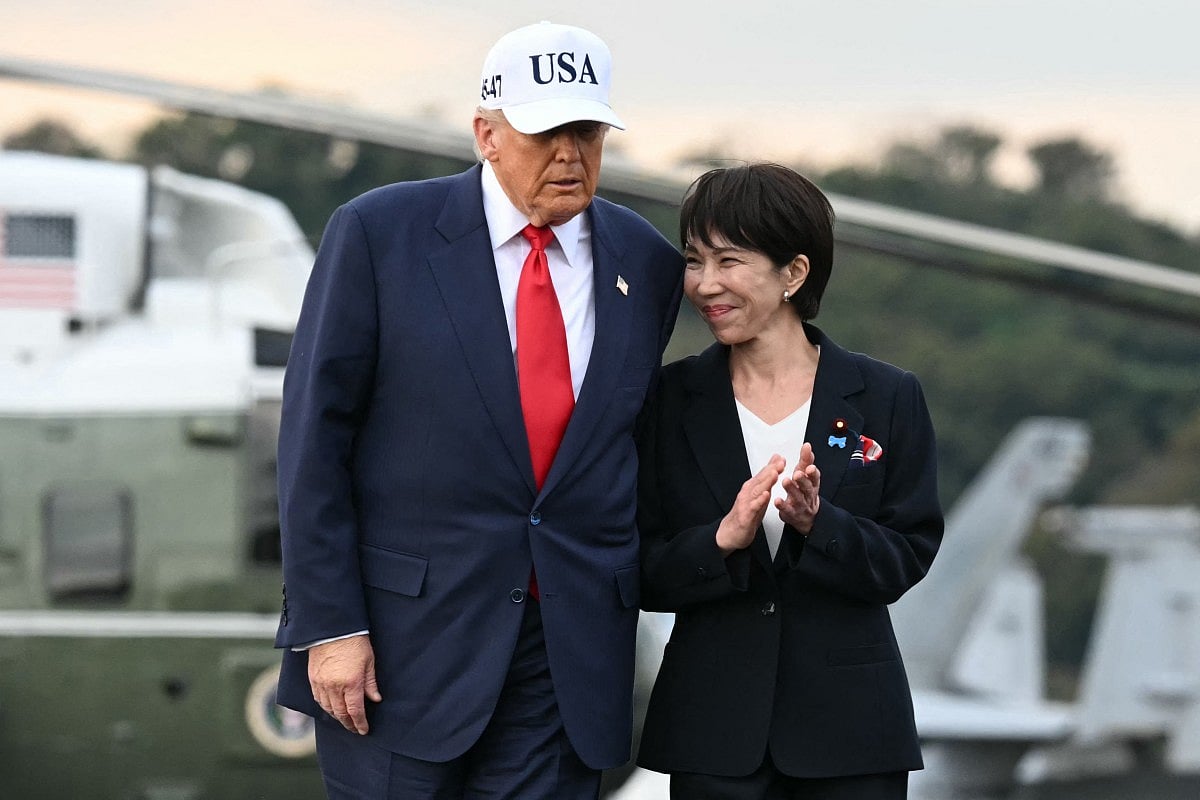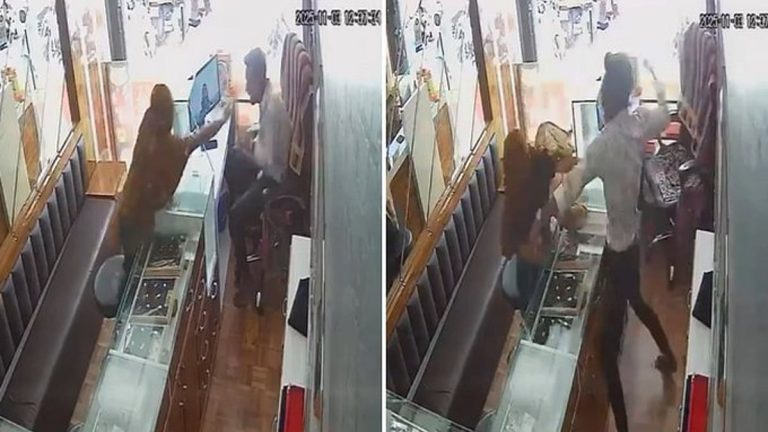Takaichi and Trump Strengthen Japan-U.S. Relations in Tokyo
During a recent visit to Tokyo, Japan’s Prime Minister Sanae Takaichi and former U.S. President Donald Trump celebrated a new chapter in Japan-U.S. relations. Their meeting focused on enhancing cooperation in security and trade, particularly in the realm of critical minerals and rare earths supply chains. This visit marks a significant moment for both leaders as they seek to strengthen their countries’ alliance amid growing global challenges.
A Historic Meeting
Sanae Takaichi, who made history as Japan’s first female prime minister, welcomed Trump with enthusiasm, expressing her desire to usher in a “golden age” of Japan-U.S. relations. During their meeting at the Akasaka Palace, Takaichi praised Trump for his diplomatic efforts, including his role in achieving a ceasefire between Thailand and Cambodia and the historic Gaza deal. In a gesture of goodwill, she even announced her intention to nominate him for a Nobel Peace Prize.
Trump reciprocated Takaichi’s admiration, calling her one of the “greatest prime ministers” and emphasizing the strong alliance between the two nations. Their mutual respect set a positive tone for discussions on security and economic collaboration.
Strengthening Defense Capabilities
A key focus of the meeting was Japan’s defense strategy. Takaichi emphasized her commitment to enhancing Japan’s military capabilities in response to “unprecedented” security threats. Speaking alongside Trump aboard the USS George Washington, she reiterated Japan’s goal of increasing defense spending to 2% of its GDP, achieving this target two years ahead of schedule.
In a significant announcement, Trump revealed that the U.S. would deliver the first batch of missiles for Japan’s F-35 fighter jets, further solidifying military cooperation between the two nations. Additionally, the U.S. Commerce Secretary signed a memorandum of understanding to boost collaboration in shipbuilding, an industry where China currently holds a dominant position.
Economic Cooperation and Trade Agreements
The two leaders also signed an agreement aimed at securing critical minerals and rare earths supply chains, a move prompted by recent restrictions imposed by China on its rare earths industry. This agreement is crucial for both countries as they seek to reduce reliance on Chinese imports and enhance their economic resilience.
Trump’s administration has previously threatened to impose 100% tariffs on Chinese imports in response to these restrictions, highlighting the ongoing trade tensions between the U.S. and China. Takaichi’s government is also expected to invest $550 billion in the U.S. as part of a trade deal, further strengthening economic ties.
Addressing Human Rights Issues
In addition to discussions on security and trade, Trump took the opportunity to meet with families of Japanese citizens abducted by North Korea decades ago. He expressed unwavering support for their plight, stating, “the U.S. is with them all the way.” This meeting underscores the ongoing concerns regarding North Korea’s actions and the importance of international cooperation to address human rights violations.
Japan’s Evolving Military Stance
As Japan navigates its relationship with China, Takaichi’s administration is adopting a more assertive military posture. This shift comes as Japan faces increasing security challenges in the region. The U.S. has approximately 60,000 military personnel stationed in Japan, and there are calls for Japan to increase its defense spending further, potentially aligning with NATO’s commitment of 5% of GDP.
Despite the challenges posed by tariffs on Japanese imports, which have contributed to a decline in car exports to the U.S., the overall outlook for Japan-U.S. relations appears positive. The two countries are working together to bolster their economic and military partnerships in an increasingly complex global landscape.
FAQs
What was the main focus of Takaichi and Trump’s meeting?
The primary focus of their meeting was to enhance cooperation in security and trade, particularly regarding critical minerals and rare earths supply chains.
How is Japan planning to strengthen its defense capabilities?
Japan aims to increase its defense spending to 2% of its GDP, achieving this target two years ahead of schedule, in response to growing security threats.
What agreement did Takaichi and Trump sign during the visit?
They signed an agreement aimed at securing critical minerals and rare earths supply chains, which is crucial for reducing reliance on Chinese imports.
Conclusion
The meeting between Prime Minister Takaichi and former President Trump marks a pivotal moment in Japan-U.S. relations, emphasizing collaboration in defense and trade. As both nations navigate complex global challenges, their commitment to strengthening ties will be essential for future stability and prosperity. Moving forward, continued dialogue and cooperation will be crucial in addressing security concerns and enhancing economic partnerships.
Also Read:
Anwar Calls for Dialogue at ASEAN Summit on Global Issues







